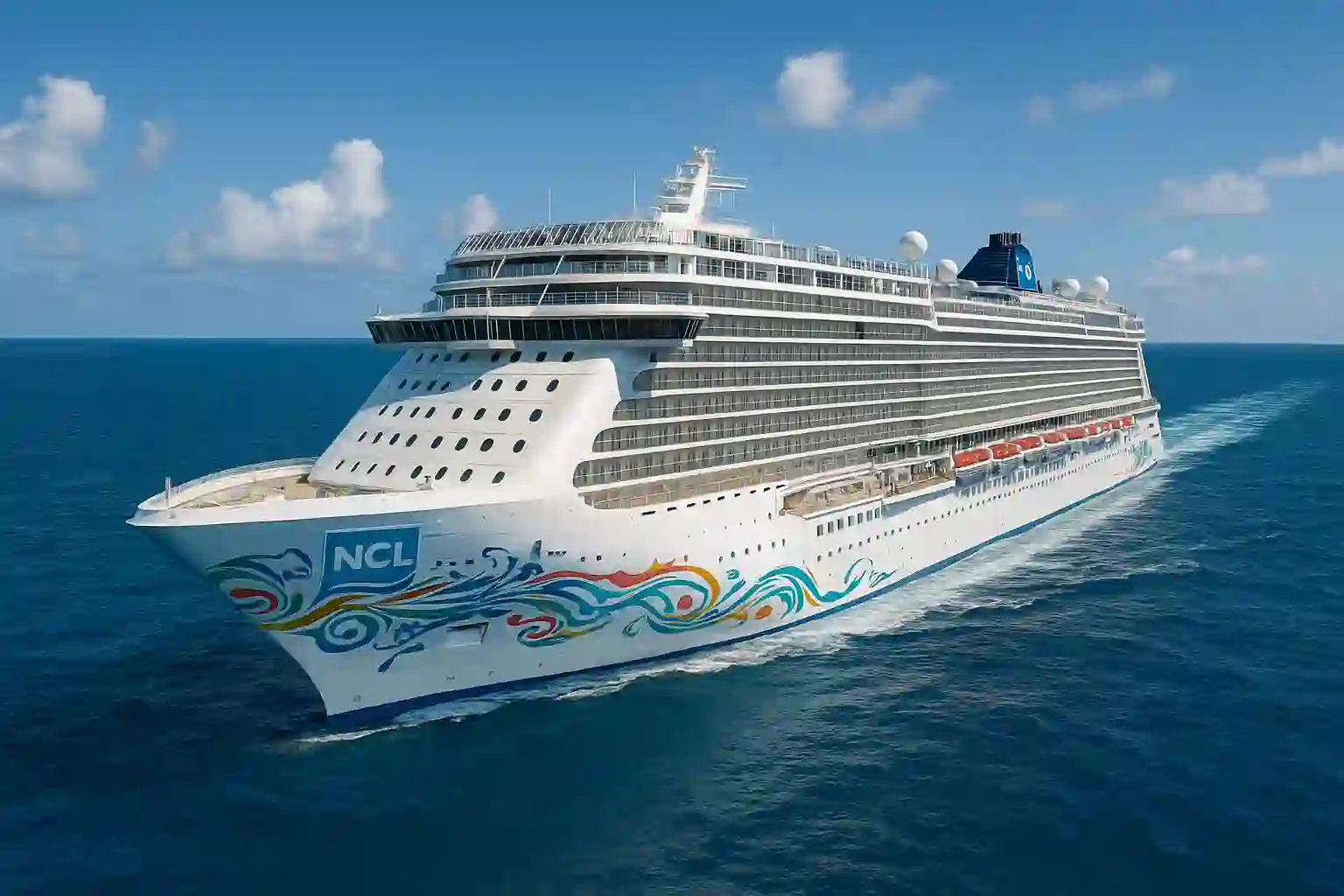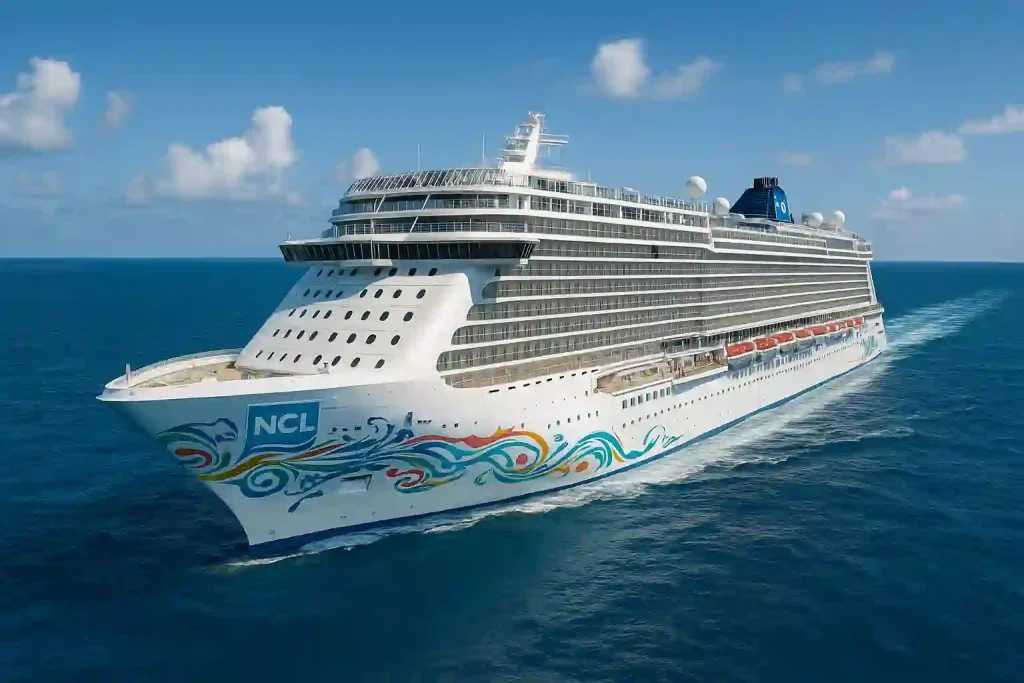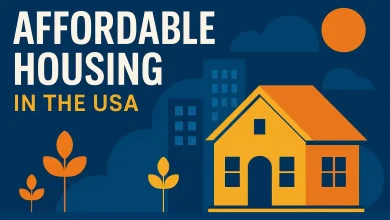Norwegian Cruise Line: Charting Decades of Innovation at Sea

From a modest ferry venture in the 1960s to a global cruise powerhouse, Norwegian Cruise Line (NCL) has transformed passenger travel with pioneering concepts like “freestyle cruising,” diversified itineraries, and bold investments in fleet expansion and sustainability. Today, NCL stands as the fourth-largest cruise operator worldwide, blending innovation, entertainment, and environmental responsibility.
1. From Norwegian Roots to Global Cruiser
Table of Contents
Founding & Early Years
Norwegian Cruise Line traces its heritage to 1966, when Norwegian Knut Kloster and Israeli-American Ted Arison launched operations with the Sunward, a cruise-ferry serving Southampton to Gibraltar. Kloster’s vision evolved into NCL (initially Norwegian Caribbean Lines), while Arison went on to found Carnival Cruise Lines. Over time, NCL reestablished itself as a distinctive cruise brand.
Corporate Identity
While originating in Norway, NCL is now an American-flagged cruise line headquartered in Miami, Florida, with registration in the Bahamas. As of 2023, it reported revenues of approximately $8.55 billion.
2. Fleet Evolution & Expanding Horizons
Current Fleet Size
As of early 2024, NCL operates 19 active cruise ships and has eight more on order.
Prima-Class Expansion
The Prima-class is NCL’s newest ship class, with the lead vessel launched in 2022 and successive ships delivered through 2025 (including Norwegian Aqua in March 2025). The later vessels in this class are designed larger still and include specs making them methanol-ready for future green fuel usage.
Historical Ship Classes
Earlier milestones include the Jewel-class (mid-2000s), with ships like Norwegian Jade, and modern icons such as Norwegian Bliss, which in 2018 became the largest cruise ship ever to transit the Panama Canal.
3. Distinctive Cruise Stars: Freestyle & Private Islands
Freestyle Cruising Concept
NCL pioneered “freestyle cruising”—offering passengers flexible dining, casual dress codes, and diverse entertainment, appealing to families and travelers seeking less structured experience. It’s often praised for its vibrancy, entertainment options, and suitability for family vacations.
Private Destinations
NCL operates its own private islands: Harvest Caye in Belize and Great Stirrup Cay in the Bahamas—enhancing guest experience with exclusive onshore amenities.
4. Market Footprint & Strategic Growth
Global Standing
By passenger volume, NCL ranks fourth globally, holding approximately 8.6% of the worldwide cruise market share (as of 2021 data).
European Ambitions
In 2025, NCL aims to strengthen its presence in Barcelona by deploying ships like Breakaway (capacity ~3,900) on 9–11 day European itineraries—signaling confidence in the Iberian cruising market. Overall, NCL anticipates global industry growth of around 10% through 2028 and plans to scale its fleet from 32 to 45 ships in the coming years.
Aggressive Fleet Expansion
In April 2024, NCL Holdings announced its largest ever ship order—eight state-of-the-art vessels across all three of its brands, scheduled for delivery between 2026 and 2036. This includes new Prima-Plus ships and ultra-large vessels (~225,000 GT and ~5,100 guests) launching from 2030 to 2036. Plans also include a new dual-berth pier at Great Stirrup Cay, doubling capacity by 2025.
5. Commitment to Sustainability: The “Sail & Sustain” Agenda
Recognizing its operational responsibility, NCLH has launched a strategic sustainability framework dubbed “Sail & Sustain”, grounded in five pillars: Reducing Environmental Impact, Sailing Safely, Empowering People, Strengthening Communities, and Operating with Integrity & Accountability.

Environmental Initiatives
- Targeting GHG intensity reductions of 10% by 2026 and 25% by 2030 (versus 2019 baseline), on the path to net zero by 2050.
- Shore power installations: achieved 50–60% of fleet by end of 2023, aiming for ~70% by end of 2025.
- Biodiesel tests: conducted on 20% of fleet in 2023, targeting 40% by 2024.
- Onboard water: In 2023, ~89% of fresh water was generated onboard, reducing reliance on external bunkering; aiming to reduce bunkering 4% by 2025.
- Waste management: ~48% of total ship waste was recycled, incinerated, or donated in 2023 .
- Transparency: Annual emissions (Scopes 1–3) are independently verified and disclosed; NCLH earned a “B” climate change score from CDP.
- Supplier diversity: Over $635 million spent with diverse small or underserved suppliers in 2023.
Technological Features
Newbuilds and existing ships are outfitted with green technologies: exhaust gas cleaning systems (EGCS), selective catalytic reduction (SCR), efficient heating/ventilation, low-friction hull coatings, waste heat recovery, cold ironing, advanced wastewater treatment, onboard water generation, food waste digesters, and more—all designed to limit environmental impact at sea .
Methanol-Ready Capability
Two future Prima-class vessels (2027, 2028) are being outfitted to eventually run on green methanol—signaling an eye towards low-carbon fuel use beyond traditional options.
6. Social Responsibility and Ethical Governance
Recognition & Workplace Culture
NCLH earned the ESG Leader Gold Award at the 2024 ESG Shipping Awards and was listed in Forbes’ Best Employer Lists in 2023 and 2024.
Community & Education Programs
- “Giving Joy” rewards educators with free cruises and benefits their schools.
- Military Appreciation Program offers exclusive cruise discounts; over 220,000 participants since 2022.
- In 2023, NCLH contributed ~$1.6 million in donations, including disaster relief efforts like support following Maui wildfires.
Diversity and Inclusion
- As of 2023, 50% of Board seats held by women and/or underrepresented minorities.
- New hires/promotions in U.S. shoreside roles comprised 51% women and 62% underrepresented minorities in 2023 .
- Corporate benefits include fully paid maternity/paternity/adoption leave and family planning support for full-time U.S. shoreside staff.
Training & Governance
- Team members logged over 800,000 hours of training in 2023.
- NCLH also ties ESG metrics to executive compensation and emphasizes ethical conduct with a company-wide Code of Ethical Business Conduct.
7. Safety, Health & Operational Security
Safety & Public Health Protocols
Under the “Sailing Safely” pillar, NCLH maintains a 24/7 global public health and safety program, including outbreak prevention plans, rigorous crew training, third-party safety audits, and Safety Officers on each ship.
Post-Pandemic Enhancements
During COVID-19, the company rolled out its SailSAFE™ health program and created the SailSAFE Global Health and Wellness Council (chaired by Dr. Scott Gottlieb), emphasizing layered protection and preparedness.
8. Challenges & Industry Context
Environmental Criticism
Despite its sustainability advances, NCL still ranks among the more polluting cruise lines: in Europe, it generated ~0.84 million tonnes of CO₂ in 2023—behind Carnival (2.55 million) and MSC (1.4 million). This underscores ongoing challenges in significantly reducing carbon footprints across the cruise industry.
9. Looking Ahead: Future Prospects & Strategy
Fleet Growth & Innovation
With eight new ships scheduled 2026–2036, including massive vessels and methanol-ready capacity, NCL is charting an ambitious course to scale while pursuing greener operations.
Sustainability Execution
Progress against concrete targets—GHG reductions, shore power uptake, biodiesel testing, waste management, technological upgrades—reflects the company’s commitment, yet scaling these innovations across a global fleet remains a formidable challenge.
Market Expansion
Strengthened European deployment, new port infrastructure, and fleet additions position NCL to capture growing demand, especially in strong markets like Spain.
Social Leadership
Its comprehensive ESG strategy, community impact programs, diversity efforts, and governance frameworks enhance brand reputation and resilience amidst changing consumer and investor expectations.
10. Conclusion
Over nearly six decades, Norwegian Cruise Line has evolved from a regional ferry operator into a modern cruise innovator. Its embrace of freestyle cruising, fleet expansion, private destinations, and bold ESG commitments differentiate it within a competitive global industry.
The balance between growth and sustainability defines the company’s present trajectory: while investments in cleaner fuel capabilities, shore power, waste reduction, and social programs speak to a responsible vision, real challenges remain in reducing absolute carbon emissions and operational environmental impact.
Nevertheless, with clear strategies, tangible targets, and market momentum, NCL is charting a course toward delivering memorable vacations and stronger stewardship of the seas.
Read more
>> Affordable Housing in the USA: Challenges, Solutions, and Future Trends



